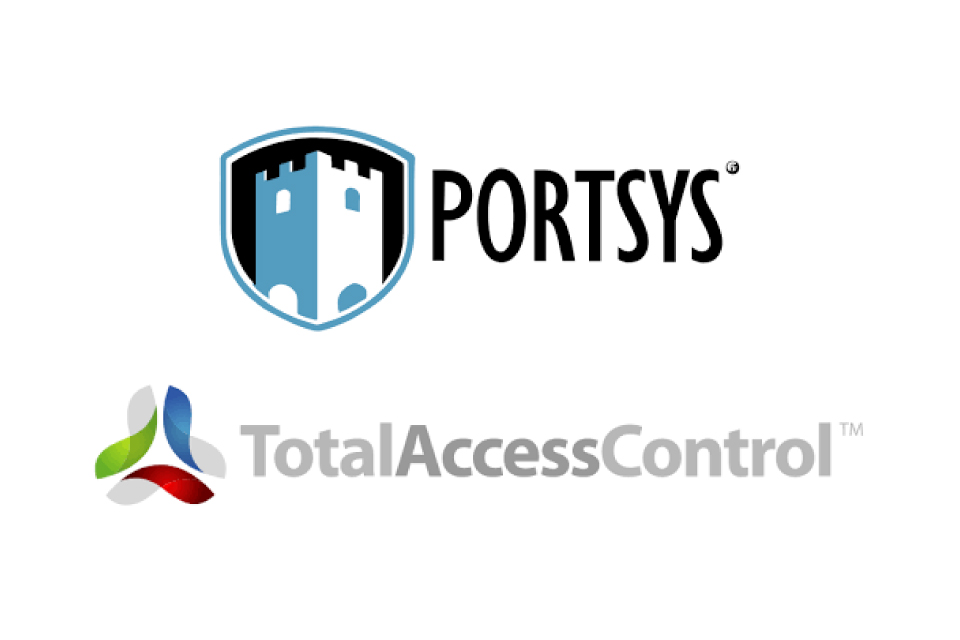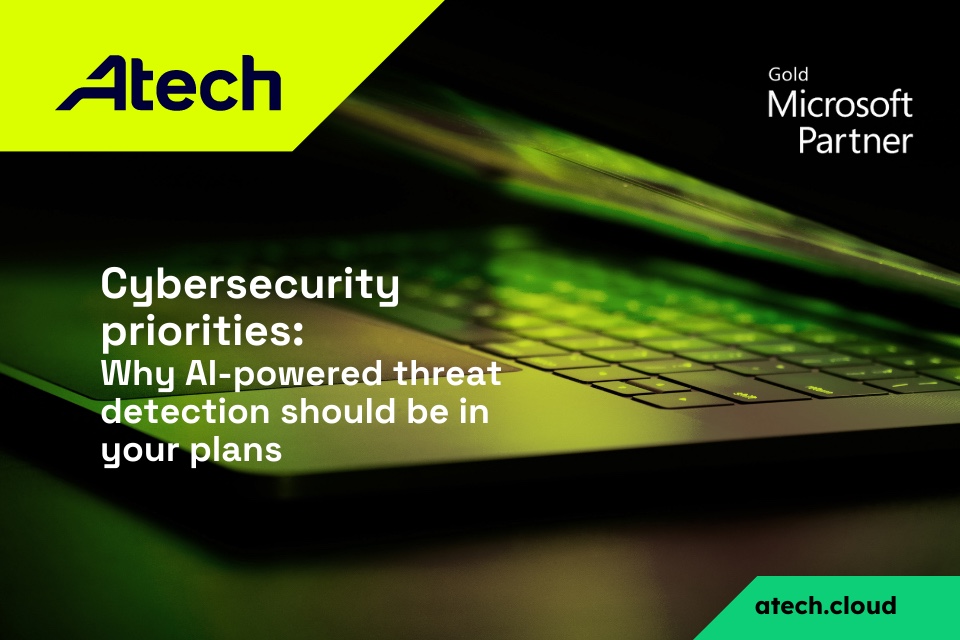Public-private partnership launched to tackle UK cyber skills shortage
https://cybersecureforum.co.uk/wp-content/uploads/2019/05/Digital-Skills-Shortage.jpg 960 640 Stuart O'Brien Stuart O'Brien https://secure.gravatar.com/avatar/81af0597d5c9bfe2231f1397b411745a?s=96&d=mm&r=gIt’s hoped more people will soon be able to secure fulfilling, highly skilled jobs in the cyber security industry through a new scheme to address the shortage of cyber security experts launches its next iteration.
HM Government and training provider SANS have partnered to launch the Upksill in Cyber training programme to help UK professionals make a career change into cyber security. The programme, lasting 14 weeks, offers training, career advice and interview training to help workers change careers into cyber security roles.
So far, it has trained over 200 students with non-cyber backgrounds. Many have gone on to secure guaranteed job interviews upon successful completion of the training programme.
Andrea Csuri, a recent graduate of the Upskill in Cyber programme has successfully switched from the retail industry to a cyber security analyst role. She said “The programme was incredibly comprehensive, covering a vast array of topics related to cyber security. I was able to connect with mentors who work in the cyber security field, which was of great interest to me. Additionally, the live sessions with a recruiter were a fantastic resource, providing me with insights and advice on how to navigate the job market in this field. I now work as an Analyst for a company that helps organisations manage their IT and cyber security risks”.
Recent research by SANS Institute found that 44% of the UK workforce have considered a career change in the last year. However, only 6% have taken an interest in pursuing a career in cyber security despite ranking better pay, career advancement opportunities, and flexible working as the top three benefits of pursuing a career in cyber security. This is due to a lack of understanding about the industry, roles available or the skills needed to even consider pursuing a career in cyber security
To tackle this, SANS and HM Government are now launching the second iteration of the programme, to power stronger growth and better jobs by upskilling more individuals into cyber security.
Minister for Science, Innovation, and Technology, Viscount Camrose, said, “The UK is rapidly establishing itself as a world leader in cyber security, and ensuring people have the skills they need to access jobs in the industry is key to cementing and expanding that reputation”.
“The Upskill in Cyber programme lets us do exactly that – removing knowledge and skills barriers for aspiring cyber security professionals, and supporting them into the exciting new careers which fuel innovation, drive growth and protect our economy”.
Stephen Jones, Managing Director of SANS Institute, added: “We have found that certain businesses lack the incident response and governance cyber security skills needed to face up to the realities of a challenging threat landscape. Our training programme helps to eradicate these skills gaps, breaking down barriers to facilitate the transition into a career in cyber. Individualised training equips candidates with both a solid theoretical foundation and hands-on practical skills, enabling them to tackle the most pressing security threats that organisations face today.”
“The Upskill in Cyber programme opens up the dynamic world of cyber security to people from all walks of life,” said Ciaran Martin, Director of CISO (Chief Information Security Officers) Network at the SANS Institute. “Our training approach will equip and empower candidates with the skills and experiences they need to make them deployable in the cyber security workforce in just a matter of weeks. Throughout the programme, candidates will receive world-class training and support, gaining first-hand access to key industry representatives to better understand rising threats, roles, and responsibilities. In our 2022 programme, 100% of the candidates were provided with multiple opportunities to interact with hiring organisations. We are excited to witness the programme’s continued growth and success this year, as it unlocks new career opportunities in a diverse, dynamic, and forward-thinking industry brimming with potential.”











